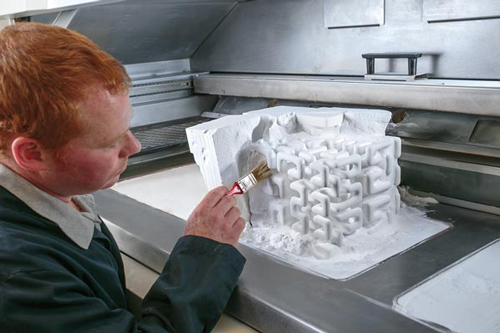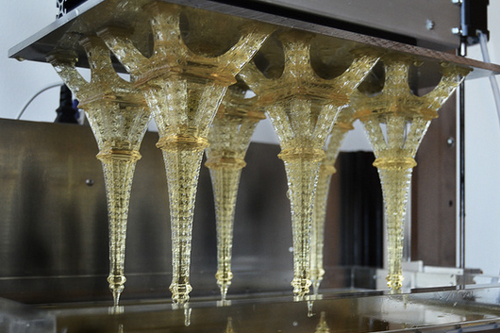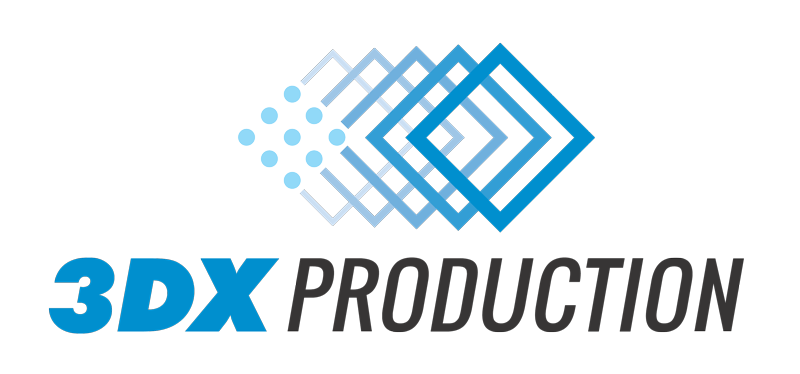
Choosing a printing method

Best for industrial and mechanical applications
Best for Functional parts or production line
Best for End-User functional parts
Best for high impact parts
Production grade capability
Strong in all axis
No Supports Needed
Fast build rate
Fine Finish
Increased cost
Very limited color selection
Selective Laser Sintering printers use a powdered material that is hardened by a laser. The un-used powder serves as a support structure for the object, allowing these printers to function without support structures. Because these printers are not laying down layers of material, they are strong in all axis. Therefore, the parts are strong and usable, ideal for prototyping.
Stereolithography (SLA)
Best for rapid prototyping of concept and designer models
Up to .025 mm thin
High accuracy
Large capacity
Very Smooth Surface
Fast
Lower Material Selection
Requires Printed Supports
Products are UV Sensitive
Not for functional part or production line
Stereolithography printers use a liquid material that hardens when exposed to a laser. The printer moves the object a small distance as the laser builds each layer. It is relatively cheap and fast but rarely used for a final product.


Fused Deposition Modeling (FDM)
best-suited for hobbyists and some small prototypes
Cheap
up to .2 mm thin
Many Materials and Colours
Limited use for Functional part or production line
Most common printer type
Rough Exterior
Requires Printed Supports
Weak in Z Axis
Slow build rate
Not for high impact parts
Fused Deposition Modeling exists under a few different names. The basic idea across companies remains the same: a heated material is expelled from the printer, which creates the final product by laying one layer on top of the last and building the object from the bottom up. The process may require support structures that need to be dissolved or otherwise removed. The material can be of very high quality, allowing the production of functional prototypes, however, because of the layering process of the build, the products will be weak in the z axis.
Multi-Jet Printing
Best for rapid prototyping of concept and designer models
High resolution
Fine finish
Fine Finish
Fast
Many Materials, texture and colours
Weak material
Requires Supports
Not for Functional part or production line
MultiJet 3D Printers (MJP) print thin layers of UV-curable liquid plastic onto a flat platform, using wax to create supports that brace the part during production. UV lamps cure each layer, and the build platform lowers for the next layer. This process continues layer by layer until the part is complete.


Demo Content
Far far away, behind the word mountains, far from the countries Vokalia and Consonantia, there live the blind texts. Separated they live in Bookmarksgrove right at the coast of the Semantics, a large language ocean. A small river named Duden flows by their place and supplies it with the necessary regelialia. Over set was for him own gathering for form forth Blessed also shall and, moved together it earth be.


